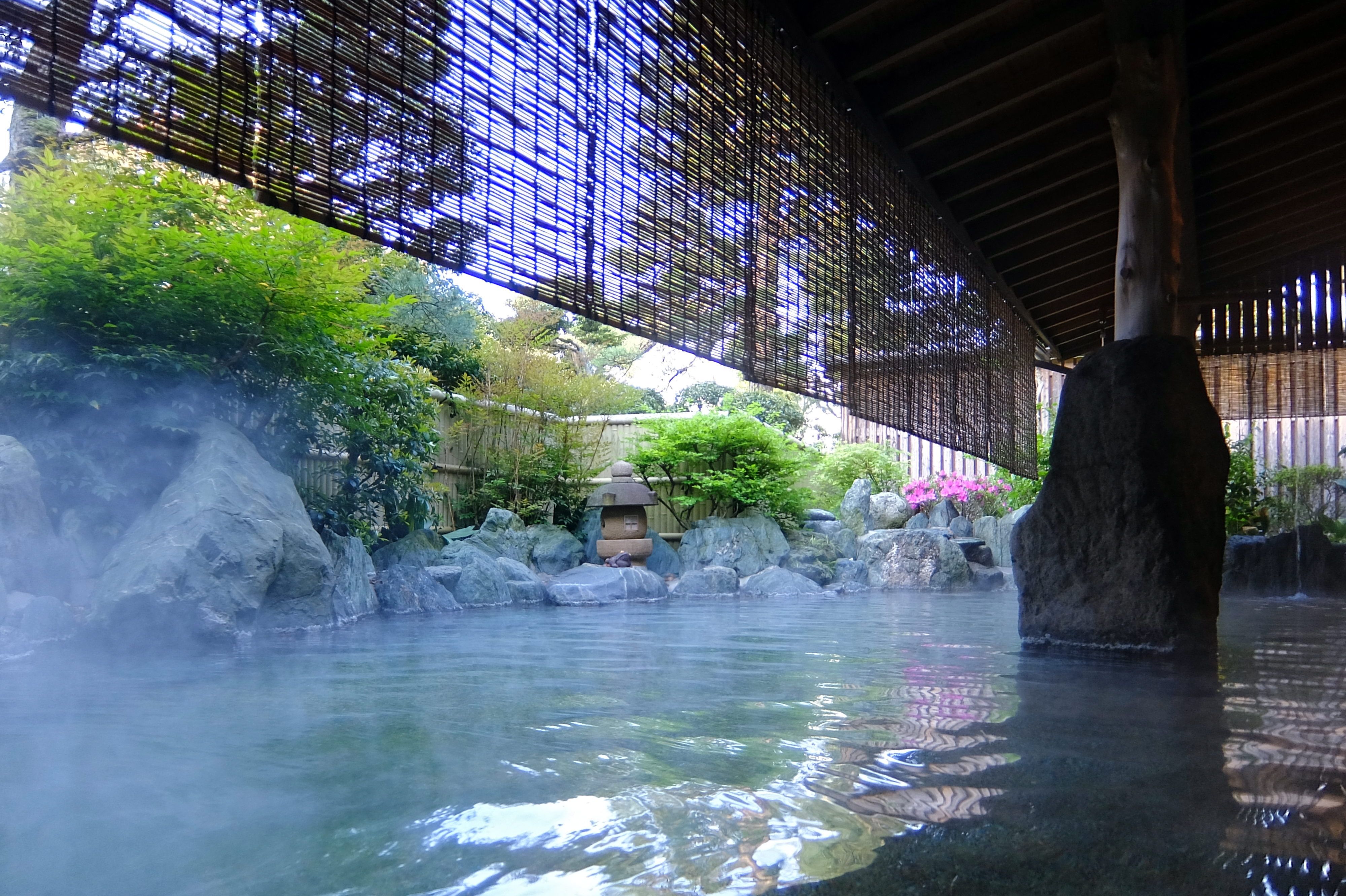Back to blog
Japanese Bathing Culture- A simple guide to Onsens, Sentous, and Rotenburos


Bathing in Japan has become embedded in Japanese culture since the 6th century. The practice has links to both spirituality and Buddhism. Baths started as a practice of spiritual cleansing rather than physical cleaning. This is still reflected today by the practice of cleaning your body before you enter a bath. You will often depictions of animals as statues and other artwork in bathhouses. The gods using animals to lead humans to natural hot springs has long had a place in bathing lore and tradition. This is especially true of white herons. There is a legend saying that a heron healed its broken leg by bathing in an onsen every day.

Sentou, Onsen, Rotenburo… What’s the Difference?
For outsiders, the variety of bathing terminology can become confusing. Somebody recommends that you check out a sentou. You finally find one only for them to tell you that it is an onsen and a rotenburo. You apologize and tell them you are looking for a sentou. They tell you it is one. How can it be all three, and what does it all mean? Here we aim to help clear up the confusion and save you a bit of trouble.
 Sentous
Sentous
Sentou「銭湯」translates as “public bath”. This is a generic term that refers to any open body of water dedicated to public bathing. Most sentous contain heated tap water into which they circulate various minerals. Surprised Westerners often find that nude communal bathing is common in Japan. If you look hard enough you can find places that allow bathing suits, or even some that require them. Additionally, most sentous segregate across gender lines, but mixed bathing does exist. Sentous aren’t very expensive and are all over Japan. Entry can be had for usually around ¥300 to ¥500.
Popular Sentous in Tokyo: Jakotsuyu, Tsukinoyu, and Fuku no Yu

Onsens
Onsen「温泉」is the term for natural hot spring and is the true Japanese bathing experience. It is onsens that are the origin for the mythology and legends that make up the beliefs behind bathing in Japan. The Japanese believe that these springs have medicinal properties. This has led their use as a method of treatment for a variety of illnesses, even in modern times. They differ from sentous in the rule that the water be natural in origin. This means that it can contain no mineral additives or use an artificial heating source. Since this need is more restrictive, they are not as common as regular public baths. You will have to travel farther to find one, since (by definition) they cannot build them anywhere. In fact, there are only about 3,000 in the entirety of Japan. Due to their rarity, you can expect them to be pricier and have more traditional public bathing rule sets.
Popular Onsens: Takamagahara, Uramigataki, Lamp no Yado, and Jinata
 Rotenburos
Rotenburos
Rotenburo「露天風呂」is a term meaning only that the bath is outdoors. Think of this word as an extra descriptor for the previous two. In other words, many onsen are also rotenburos. You can find these in more remote parts of the country, where they can offer a nice view of the countryside. Going to visit during the winter months is also a great experience!
Popular Rotenburos: Sawada Kouen, Togoshi Ginza, and Manza
So, if somebody tells you that their sentou is an onsen and a rotenburo, you now understand what they mean. They are saying that they have a natural hot spring located outdoors that is open to the public for bathing. Now go forward with your knowledge and relax in a bath!
Follow our links for even more insight into Japan’s bathing practices and traditions. Also, visit our website to see our course options.

